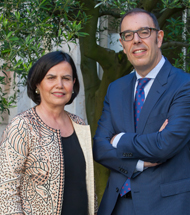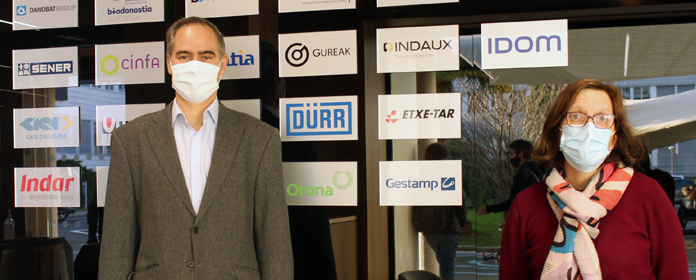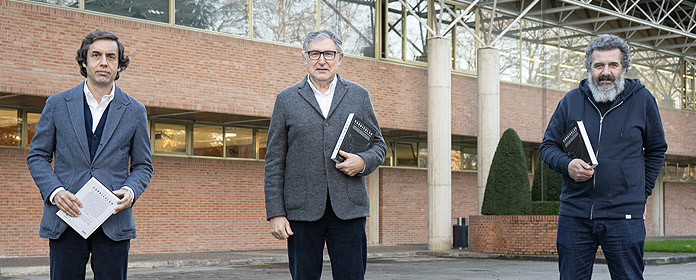Spain is the OECD country with the most pharmacies per inhabitant, with 47.2 establishments per 10,000 inhabitants
Farmaindustria's communication director has participated at the University in the biennial congress of the Schools of Pharmacy.

PHOTO: Manuel Castells
"In our country there are 47.2 pharmacies per 10,000 inhabitants, which makes us the OECD country with the most establishments. If we add to this that we are among the states with the most qualified pharmacists in the labor market and a expense per inhabitant that, contrary to the above, is very little above the average, with 526 dollars per year, all this paints a difficult picture." This was stated by Farmaindustria's communications director , Francisco J. Fernandez, at the VI International congress of Education Higher Education in Pharmaceutical Sciences (EDUSFARM), held at the University of Navarra.
According to the executive, these difficulties have been compounded, in the years of the crisis, by delays in payments from different administrations, "and other difficulties that have led to the proliferation of so-called VEC pharmacies (of compromised economic viability): almost a thousand, according to data of the professional associations last year".
In spite of this, Francisco J. Fernández maintains that there are clear areas of development for pharmacy in Spain: "Both linked to medication - where polymedication, self-care and the fact that many diseases have become chronic makes the pharmacist's follow-up more necessary than ever - and to public health, through the promotion of prevention, Education for health, etc.". "In this field," he insisted, "we have to bet on the interdisciplinary partnership between different healthcare professionals and levels of care".
How does society perceive pharmacists?Fernández encouraged pharmacists to take an optimistic view of their professional future, in view of the needs and demands yet to be met and in which they can play a leading role. "To do so, it is urgent to reflect on the future of the sector and start with a courageous and in-depth analysis of strengths and weaknesses." In this regard, he explained that the Refcom study by the Spanish Society of Family and Community Pharmacy "points out that, while the vast majority of the population perceives their relationship with the pharmacist as positive, they do not consider it their first reference letter when they have doubts about medication and see the pharmacy more as a commercial establishment than a healthcare facility."
In his opinion, it is necessary to review the pharmacy model in the light of the new challenges posed by the healthcare system and society, to vindicate the value of the professional and to gain the trust of other healthcare professionals and of the administrations".
EDUSFARM brings together students, professors and pharmacy professionals every two years with the goal to share and address the main challenges in the training of future pharmacists. In the meeting representatives of the 22 Schools of Pharmacy in Spain have participated, who have discussed about the innovation professor, the profile demanded by employers, the international experience or the development of new competences for the start in the profession.





